Oregano, often referred to as the “pizza herb,” is one of the most widely used culinary herbs in the world. Known for its aromatic, warm, and slightly bitter flavor, oregano is a key ingredient in Mediterranean, Latin American, and Middle Eastern cuisines. Beyond its role in food, it is also prized in traditional medicine for its antibacterial, anti-inflammatory, and antioxidant properties.
But when it comes to oregano production on a global scale, which country leads the way? This article explores the answer to that question, presenting a comprehensive look at global oregano cultivation, trade statistics, major producing regions, and the reasons behind the dominance of the leading oregano-producing nation.
Introduction: The Global Demand for Oregano
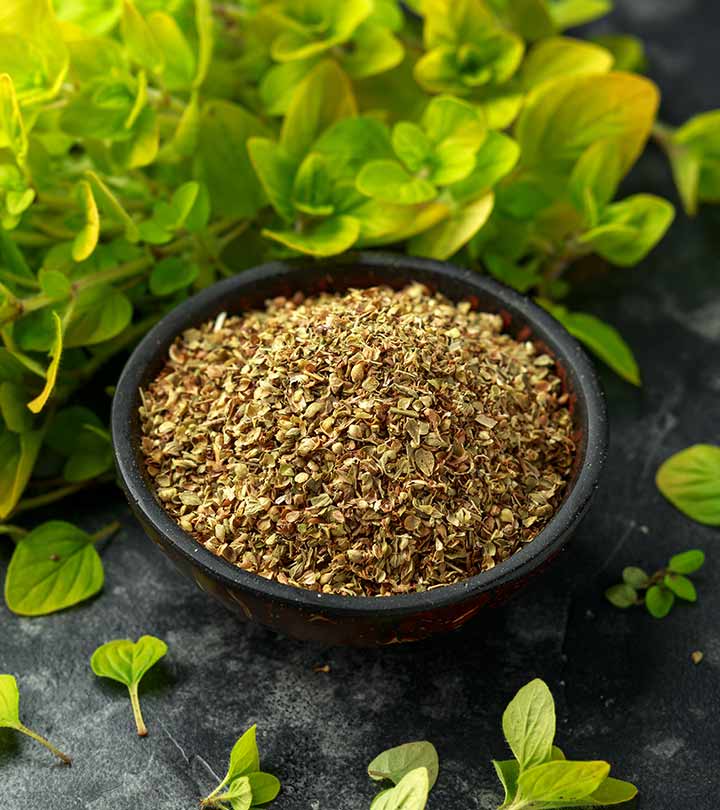
Oregano (Origanum vulgare) belongs to the mint family (Lamiaceae) and is native to the Mediterranean region. Over time, it has spread to every continent due to its ease of cultivation and growing popularity in the food industry. The global oregano market is driven by:
- The food and flavoring industry (especially pizza and pasta sauces)
- Herbal teas and health supplements
- Pharmaceutical and essential oil industries
Oregano is available in fresh, dried, or oil form, and its global demand has been steadily increasing, with both industrial and home consumers appreciating its flavor and medicinal benefits.
Global Oregano Production Overview
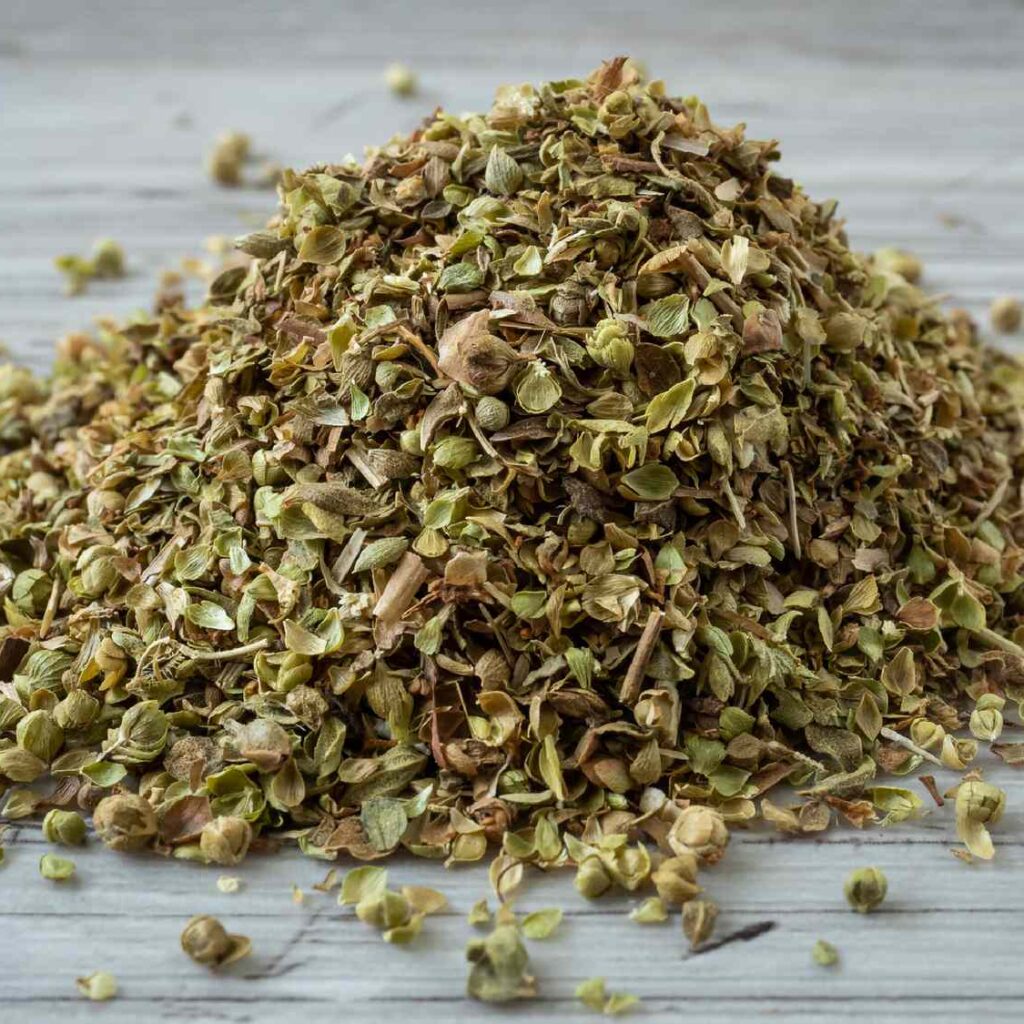
Several countries contribute to the global oregano supply, including Turkey, Mexico, Greece, Italy, United States, and Chile. However, Turkey stands as the largest oregano producer in the world, accounting for a significant portion of the world’s oregano exports—especially dried oregano and oregano essential oil.
Turkey: The Global Leader in Oregano Production
1. Production Scale and Geography
Turkey dominates the global oregano market, producing over 15,000 to 20,000 metric tons of oregano annually. The herb is cultivated predominantly in the Aegean and Mediterranean regions, where the climate and soil are ideal for high-quality oregano growth.
Key producing provinces include:
- Denizli
- Isparta
- Mersin
- Antalya
- İzmir
2. Quality and Variety
Turkey mainly produces Origanum onites (Turkish oregano) and Origanum vulgare hirtum, which are both high in essential oils and widely used in the spice and herbal industries. The high carvacrol content in Turkish oregano makes it especially valuable for essential oil extraction.
3. Export Powerhouse
Turkey exports more than 70% of its oregano production, primarily in dried form or as essential oils. Major importers include:
- USA
- Germany
- Italy
- France
- Japan
Turkish oregano is highly favored due to its strong aroma, high purity levels, and organic cultivation practices. The country also benefits from being geographically close to European markets.
4. Economic Importance
Oregano is a vital non-wood forest product in Turkey. The herb is wild-harvested and cultivated by small-scale farmers and cooperatives. It plays a crucial economic role in rural development and contributes significantly to Turkey’s agricultural export earnings.
Mexico: A Close Contender in Oregano Production
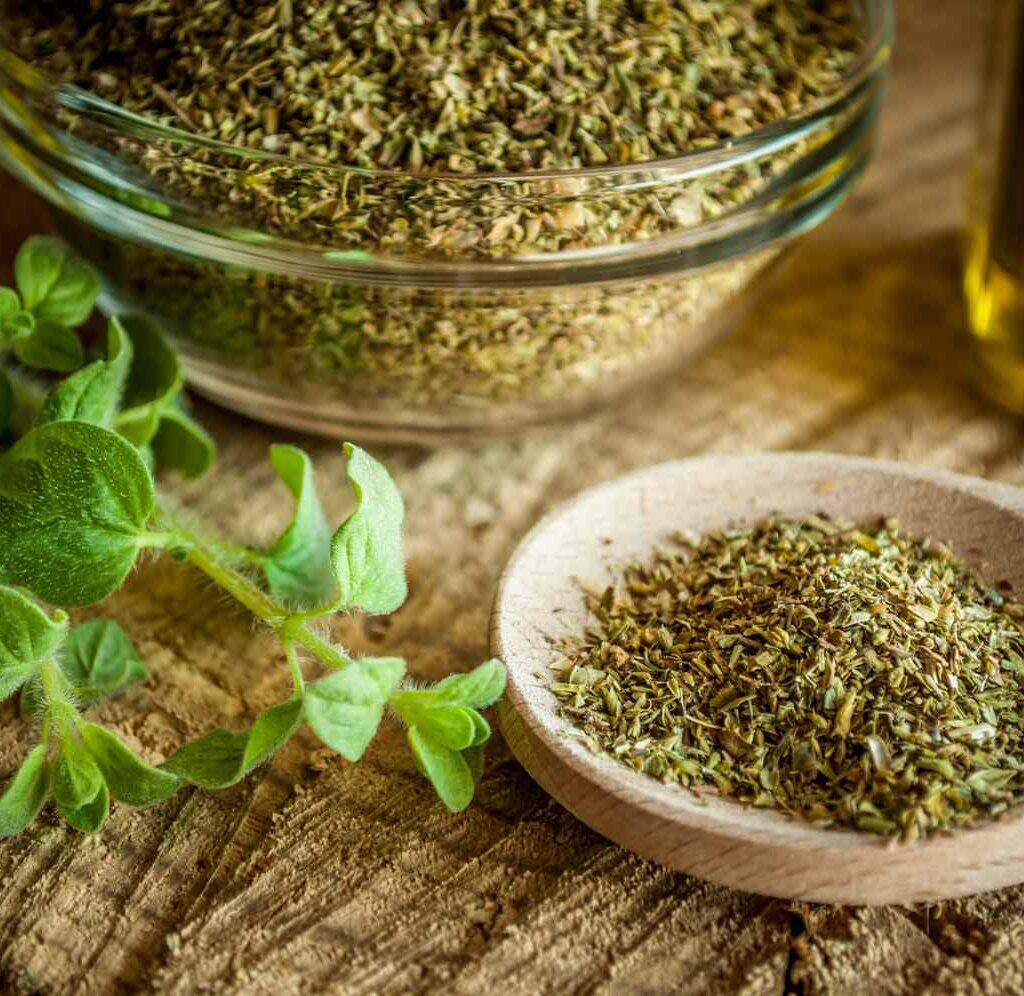
1. Native Wild Oregano
Mexico is renowned for its wild oregano varieties, especially Lippia graveolens, also known as Mexican oregano. This variety differs botanically from Mediterranean oregano but is prized for its strong flavor and is widely used in Mexican and Tex-Mex cuisines.
2. Production and Harvest
Oregano is largely wild-harvested in Mexico, especially in the arid regions of:
- Chihuahua
- Coahuila
- Durango
- Zacatecas
The country produces around 8,000 to 12,000 metric tons annually.
3. Export Markets
Mexico is a major supplier of dried oregano to the United States, taking advantage of geographic proximity and strong trade agreements like USMCA. Mexican oregano also finds markets in Central and South America.
Greece: A Historic Center of Oregano Cultivation
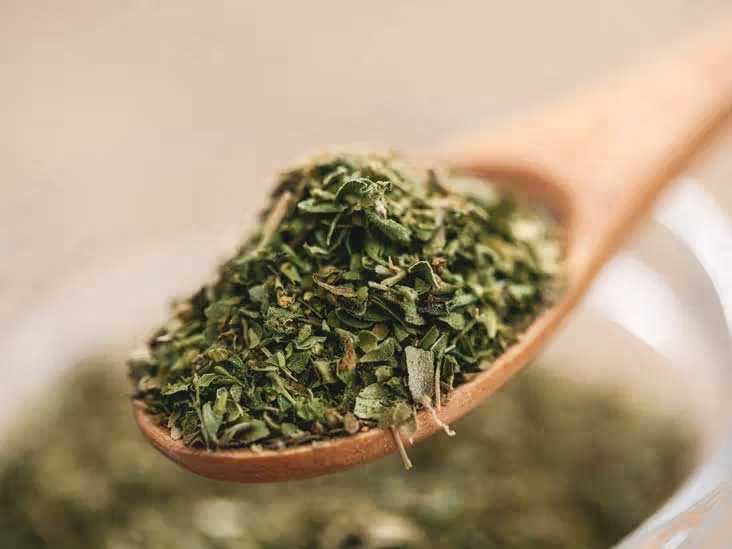
1. Cultural Significance
Greece is often associated with oregano historically and culturally. The name “oregano” itself derives from the Greek words oros (mountain) and ganos (joy), meaning “joy of the mountains.”
2. Varieties and Quality
Greece primarily grows Origanum vulgare hirtum, which has a very high concentration of essential oils. Greek oregano is considered among the best in the world for culinary use.
3. Production and Export
Greek oregano is mostly cultivated in mountainous areas and is often organically grown. While production is significantly lower than Turkey or Mexico (around 3,000 to 5,000 metric tons per year), Greece remains a respected name in the global herb market, exporting to:
- Germany
- Italy
- USA
- UK
Italy: A Culinary Icon in Oregano Use and Production
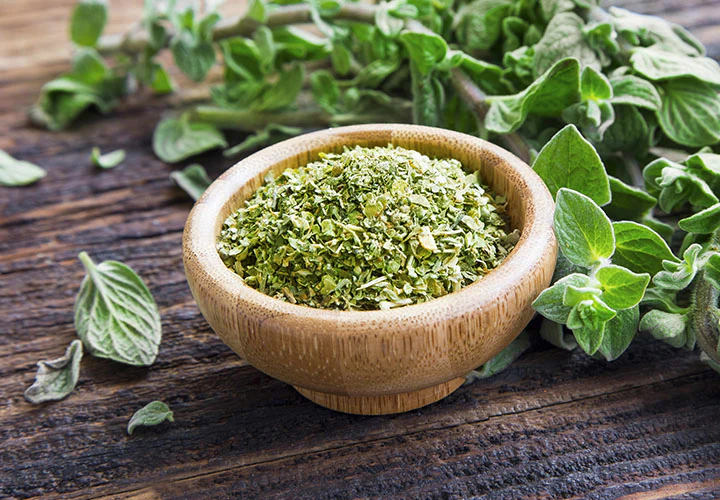
1. Production Regions
Southern Italy, particularly Calabria, Sicily, and Basilicata, are known for growing high-quality oregano. Italian oregano is often a hybrid of Origanum vulgare and marjoram, with a softer flavor.
2. Domestic vs. Export Use
Italy produces oregano mostly for domestic culinary use, especially in pasta sauces, pizzas, and regional dishes. Though not a top exporter by volume, Italian oregano is valued for its premium quality in niche markets.
United States: Small-Scale Commercial Production
The U.S. grows oregano mainly in California, Arizona, and New Mexico. Domestic production is limited, and the country relies heavily on imports, especially from Mexico and Turkey, to meet demand.
Hydroponic and greenhouse-grown oregano is gaining popularity, especially among health-conscious consumers and organic markets.
Key Differences in Oregano Types
It’s essential to note that oregano is not a single uniform crop. There are multiple species and varieties grown around the world, each with distinct taste profiles, oil content, and market uses:
| Type | Botanical Name | Region | Flavor Profile |
|---|---|---|---|
| Mediterranean Oregano | Origanum vulgare hirtum | Greece, Turkey, Italy | Strong, slightly bitter |
| Turkish Oregano | Origanum onites | Turkey | Spicy, aromatic |
| Mexican Oregano | Lippia graveolens | Mexico | Bold, citrusy, peppery |
| Italian Oregano | Origanum × majoricum | Italy | Mild, slightly sweet |
Oregano Market and Trade Trends
1. Growing Demand
The global oregano market is expected to grow at a CAGR of over 5% in the next five years due to:
- Rising consumption of Mediterranean diets
- Expanding herbal medicine sector
- Increased demand for organic spices
2. Export Growth
Turkey remains the top exporter of oregano globally, responsible for over 40% of world exports. Mexico is the second-largest, followed by Greece and Egypt.
3. Essential Oil Market
The demand for oregano essential oil (rich in carvacrol and thymol) is surging in the nutraceutical and personal care industries. Turkey leads this sector as well due to its high oil-yielding oregano cultivars.
Future Outlook
With consumer preferences shifting toward natural and organic products, oregano is set to see a steady rise in both demand and price.
Turkey is likely to retain its position as the global leader due to:
- Extensive farming areas
- Efficient harvesting and drying infrastructure
- Government support and EU-aligned quality standards
Challenges include climate change, wild harvesting depletion, and regulatory pressures around pesticide use. Countries investing in sustainable practices and quality certification are expected to lead in both quantity and premium markets.
Conclusion
After examining the global landscape of oregano production, Turkey emerges as the largest oregano producer in the world. With a combination of ideal climate, traditional knowledge, export infrastructure, and essential oil production, Turkey has positioned itself as the world’s oregano powerhouse.
Other major players like Mexico, Greece, and Italy contribute significantly to the diversity of oregano types and flavor profiles available globally. As the world’s appetite for natural flavors and health-boosting herbs grows, so too will the significance of oregano in international trade and agriculture.


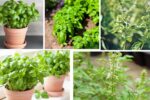
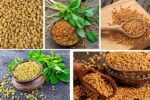
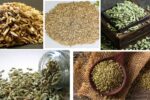

Leave A Comment